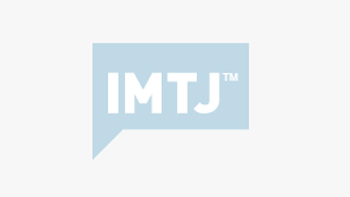The government of Trinidad and Tobago has identified the health tourism sector as a niche for potential growth and is implementing strategies for promoting and developing products and services. To capitalise on the potential, a plan is being made to develop to expand the existing market and promote medical tourism. Although it gets some regional and diaspora medical tourists from neighbouring Caribbean territories and the USA, medical tourism is limited and underdeveloped.
The government of Trinidad and Tobago has identified the health tourism sector as a niche for potential growth and is implementing strategies for promoting and developing products and services. To capitalise on the potential, a plan is being made to develop to expand the existing market and promote medical tourism. Although it gets some regional and diaspora medical tourists from neighbouring Caribbean territories and the USA, medical tourism is limited and underdeveloped.
The government’s plan is to make the country a prime destination for medical tourists and investors. It is just a three-hour flight from Miami and a 4 1/2-hour flight from New York.
CTA Economic & Export Analysts has prepared a draft strategy for medical tourism funded by the Commonwealth Secretariat on behalf of the T&T Coalition of Services Industries (TTCSI).
According to the draft strategy, there are numerous opportunities for growing this unique segment of the services sector.
There is excess capacity in the health system. The country’s ten private hospitals have 39,000 beds, with 31,000 being used per year. The overall objective of the strategy is to increase the number of medical tourists visiting by 5.500 within three years and then grow at a rate of 20% a year. The Trinidad diaspora is 1.3 million; mostly living in the USA, Canada, and UK.The 5,500 target includes 4,000 from the diaspora; 2,000 from USA, 1,500 from Canada and 500 from UK.
It is the commercial centre of the Caribbean and has earned a reputation as an excellent investment site for international businesses. The country has a stable economy and boasts modern infrastructure and qualified people.
To build momentum for foreign direct investment in health care several new developments and facilities upgrades are under way. Investors are now being sought for leisure attractions on Trinidad’s northwest coast with the Chaguaramas Development Authority (CDA) working to turn more than 14,000 acres into one of the most inviting tourist destinations in the region. The CDA is inviting investors to design, build, finance and operate these recreational facilities.
Under construction is a new national oncology centre, which will be a model for health tourism in the Caribbean and serve as the main treatment centre for cancer in the country. It will open in November 2014 and will offer cancer treatment and diagnostic technologies such as the CyberKnife, PET/CT and nuclear imaging .The country wants to promote itself for medical treatment and for wellness holidays.
Cooperation, coordination and awareness raising within the country and development of a national brand and identity as a medical tourism destination are essential to realizing the potential of the sector.
The first key role is to ensure that the sector works together to promote their collective interests both within Trinidad and Tobago and globally. This is a necessary condition to future plans and any hope of achieving set targets.
The success of the strategy depends very much on the various local government bodies, private health care, airlines, travel agents and local hotels working together and the government committing funds to promote medical tourism. Previous attempts at turning a desire to increase medical tourism into action have failed due to the inability of the various parties to work together, and the government failing to provide adequate funding; perhaps this time it will be different.








 ©2024 All rights reserved LaingBuisson
©2024 All rights reserved LaingBuisson 


